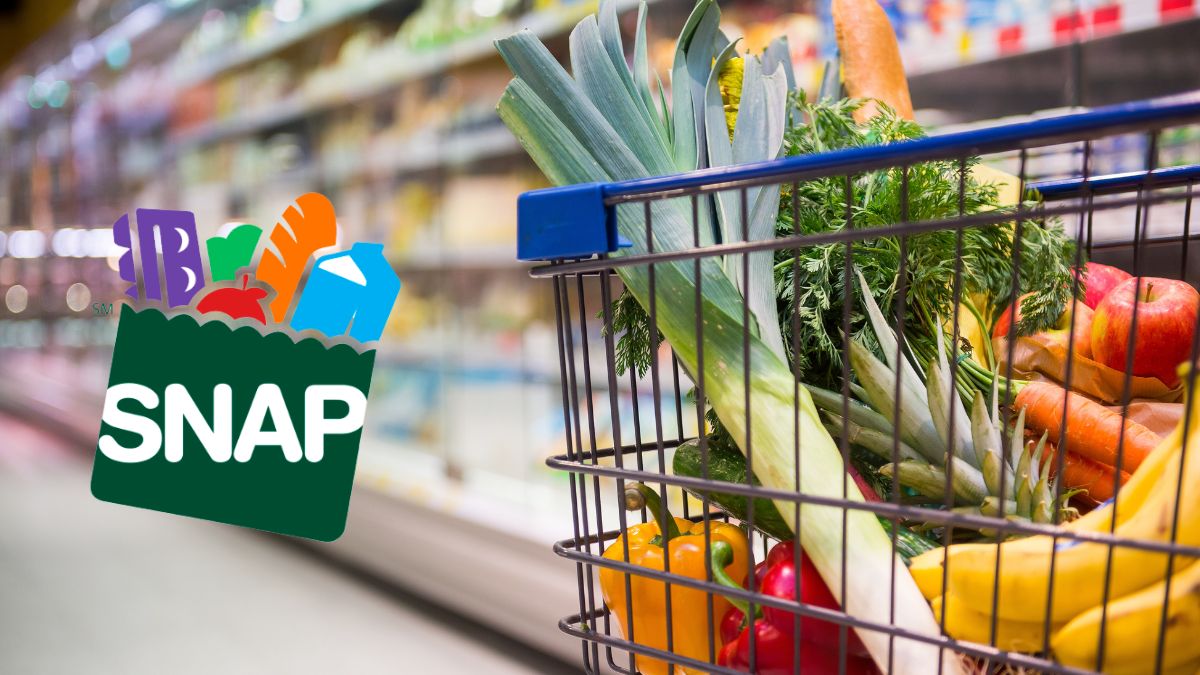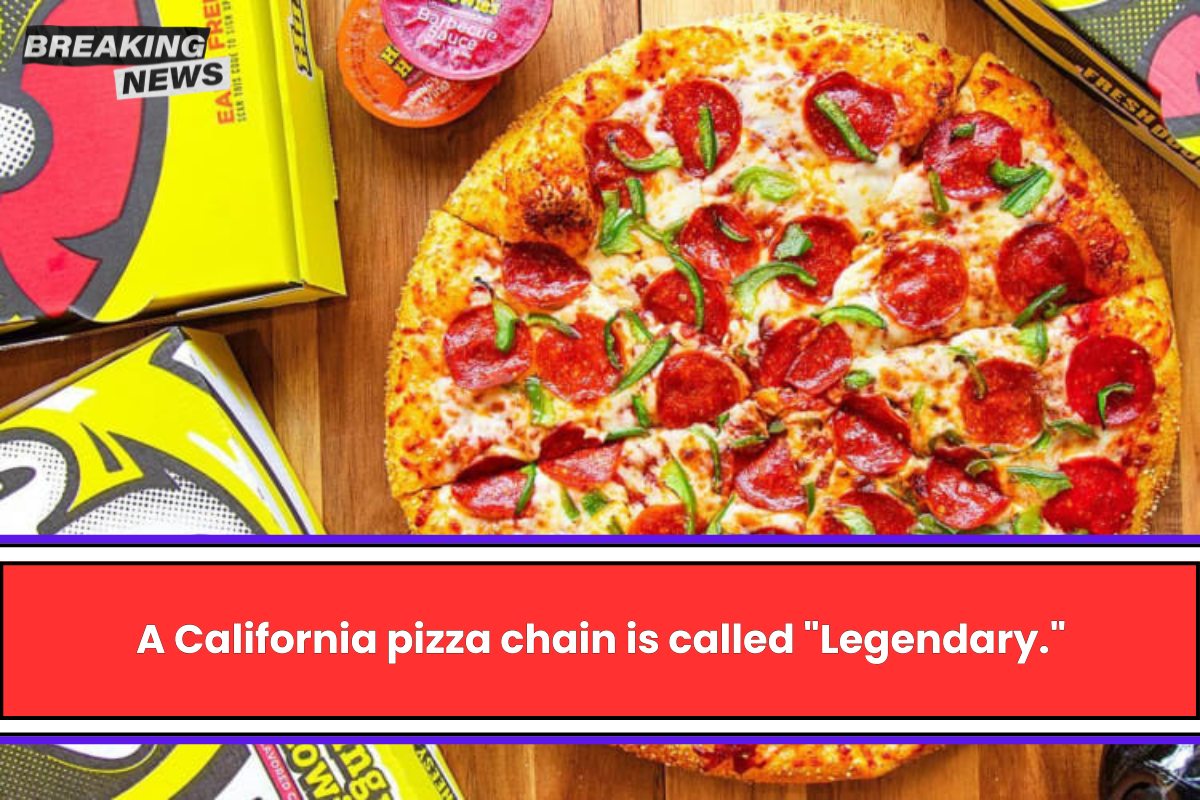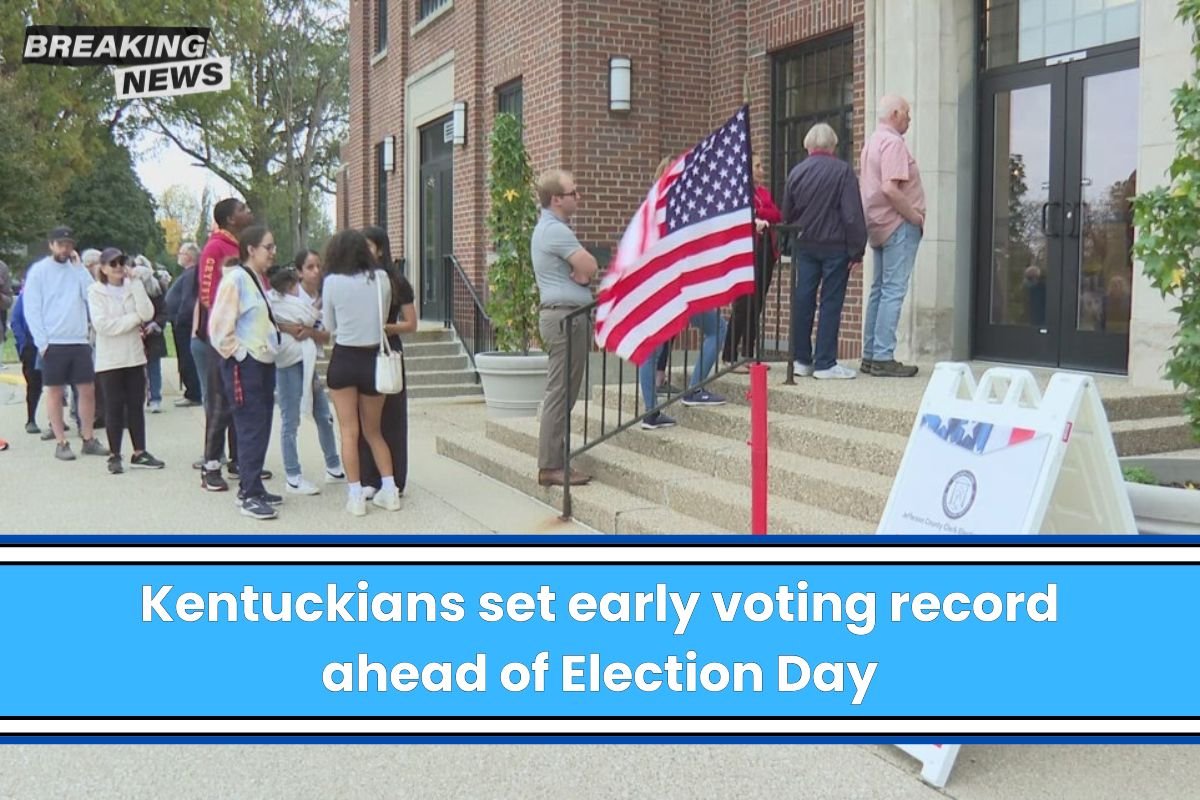In the US, a lot of retirees who are already getting Social Security benefits are thinking about asking for Program SNAP, which is also known as “food stamps,” to help them make ends meet and cover their basic food needs.
Food Stamps (SNAP) are very important for people and families with low incomes because they help pay for groceries. This help is especially important for people whose Social Security checks do not cover all of their basic costs of life.
Allowance News – How age affects SNAP benefits
It makes sense that more and more people want to combine their Social Security and SNAP payments. On the other hand, a lot of people wonder if age might be an issue when it comes to asking for SNAP.
There is no set age limit for applying for SNAP, but people over 60 often find that they can get more benefits or have more freedom in meeting program standards. These are some of the specific benefits for people over 60:
Higher income thresholds
One big perk for seniors is that they may be able to get SNAP even if they make more money than younger applicants.
For people aged 60 and up, the income limits may be less strict. This means that they might still be able to get SNAP help even if they are getting a Social Security check.
Deduction of medical expenses
One more big benefit for people over 60 is that they can remove some medical costs when figuring out how much money they make to be eligible for SNAP.
In the eyes of the program, this can be a huge benefit because it lowers their net income, which makes it more likely that they can get food aid.
Spending a lot of money on medicines, doctor visits, and other health-related things can really affect how well an application does.
Simplified application process
The application process for seniors may be made easier in some places. By getting rid of legal hurdles, this effort hopes to make it easier for older people to get the help they need.
For adults who may have trouble with the paperwork and other administrative tasks that come with some government programs, this streamlined process can make a big difference.
Combining SNAP with Social Security benefits (Retirees)
Applying for SNAP can be especially helpful for adults who are already getting Social Security payments. Social Security income is taken into account when figuring out who can get SNAP, but it does not automatically rule people out.
Actually, being able to mix Social Security and SNAP can be very important for making sure that retired people can eat healthy food, especially if their monthly Social Security check is not enough to cover all their living costs.
Many older people find that their Social Security payouts are not enough to cover the rising costs of things like housing, utilities, and medical care.
In these situations, SNAP can make a huge difference in people’s lives. SNAP benefits can help them buy healthy food, which can lead to better health, which is especially important for older people.
Other factors that affect SNAP eligibility
Age is an important factor, but it is not the only one that decides if someone can get SNAP. When putting these benefits together with Social Security payouts, there are a few other important things to keep in mind.
Household income
One of the main things that determines who can get SNAP is how much money their family makes. In this group are all kinds of income, like pay, pensions, and Social Security benefits.
With SNAP, you can not make more than a certain amount of money. The amount depends on your family size and the federal poverty level.
These limits are usually less strict for seniors, but if they go over certain levels, they could lose their benefits.

Financial resources and assets
Along with an applicant’s income, the applicant’s assets and cash resources are also taken into account. This includes property and savings, but a main home is generally left out of these calculations.
If you get Supplemental Security Income (SSI), you may not have to meet some income tests. This makes it easier for you to get SNAP. This is especially important for older people who may depend on these services a lot to meet their basic needs.
Disability status
People who get disability payments from Social Security (SSDI) may need to meet extra requirements in order to be eligible. Disability recipients, like adults over 60, can deduct medical costs, which can make it easier for them to get SNAP.
Many disabled people have a hard time paying for their medical bills. Being able to remove these costs can make it easier for them to get the food aid they need.
Can seniors appeal a denied SNAP application, and if so, how?
Yes, seniors can appeal if their SNAP (Supplemental Nutrition Assistance Program) application was turned down. Here are the most important steps for making an appeal:
- If your SNAP application was turned down or if you do not agree with the decision about your benefits, you can file an appeal.
- Find the part of your SNAP proof letter that says “I want to appeal” to begin the appeal process. Sign and date the paper that says “I disagree with this decision,” then bring it or mail it to the SNAP office where you first applied.
- On the other hand, you can call your SNAP caseworker and tell them you want to make an appeal. As soon as possible, write a letter or email to your caseworker to follow up. You can use a typed or handwriting letter.
Navigating the balance between Social Security and SNAP
It is not always easy to balance Social Security and SNAP benefits because each program has different standards for who can get them.
Everyone who wants to apply needs to know the requirements and paperwork that are needed for each. You can get SNAP if you get a Social Security check, but it might not count against your qualifying the same way other types of income might.
For example, a person’s Social Security income may not have as much of an effect on their eligibility for SNAP as their wages from work.
Are there specific state-level variations in SNAP benefits for seniors?
There do not seem to be any rules or formulas for SNAP benefits that are only for seniors. The biggest factor is how much money someone makes compared to how poor they are. But families with an elderly person may have less strict asset limits.
- Even though SNAP is a government program, each state can have different rules about who can get benefits and how much they can get. The states can change some of the requirements for qualifying.
- Hawaii had the most SNAP benefits per family in fiscal year 2023, with an average of $385 per month, while Minnesota had the least, at $157 per month. Hawaii got twice as much as many other states.
- The states with the biggest percentage of people getting SNAP in 2022 were New Mexico (25%), D.C. (22%), Louisiana (18%), and West Virginia (18%). These are like states with lots of poor people.
- Florida recently went above and beyond the federal rules to include people up to age 59 in the work requirements for SNAP. Some people say this will make things hard for older residents who lose their perks.
- The “benefits cliff” is what happens when people who get benefits earn too much to qualify but not enough to live on their own. A new law in Florida tries to fix this problem. It offers case management to help with the change, but it does not give any extra money.















Leave a Reply